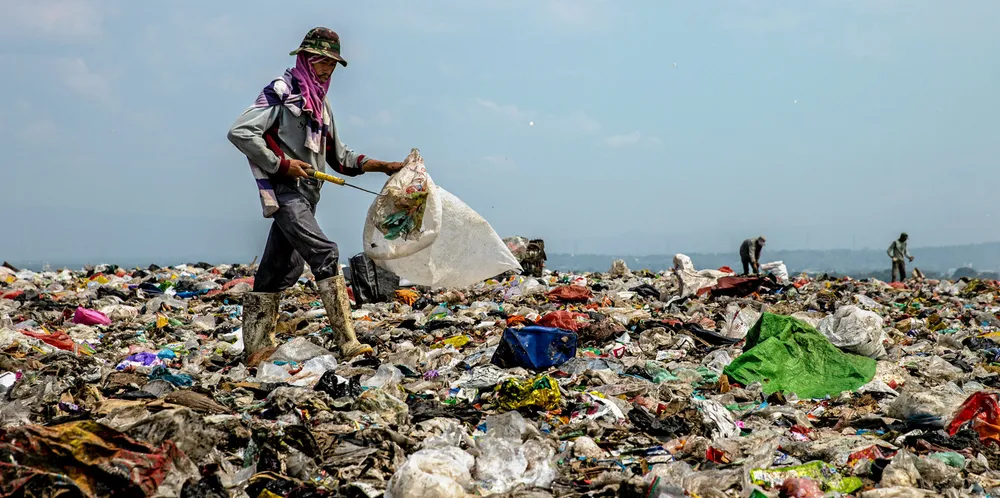'Half the cost of green H2' | Landmark 1GW waste-to-hydrogen project in Egypt 'very likely to go ahead'
German developer H2-Industries plans to ship up to 300,000 tonnes of hydrogen a year in synthetic fuel or a liquid organic carrier

German developer H2-Industries plans to ship up to 300,000 tonnes of hydrogen a year in synthetic fuel or a liquid organic carrier
